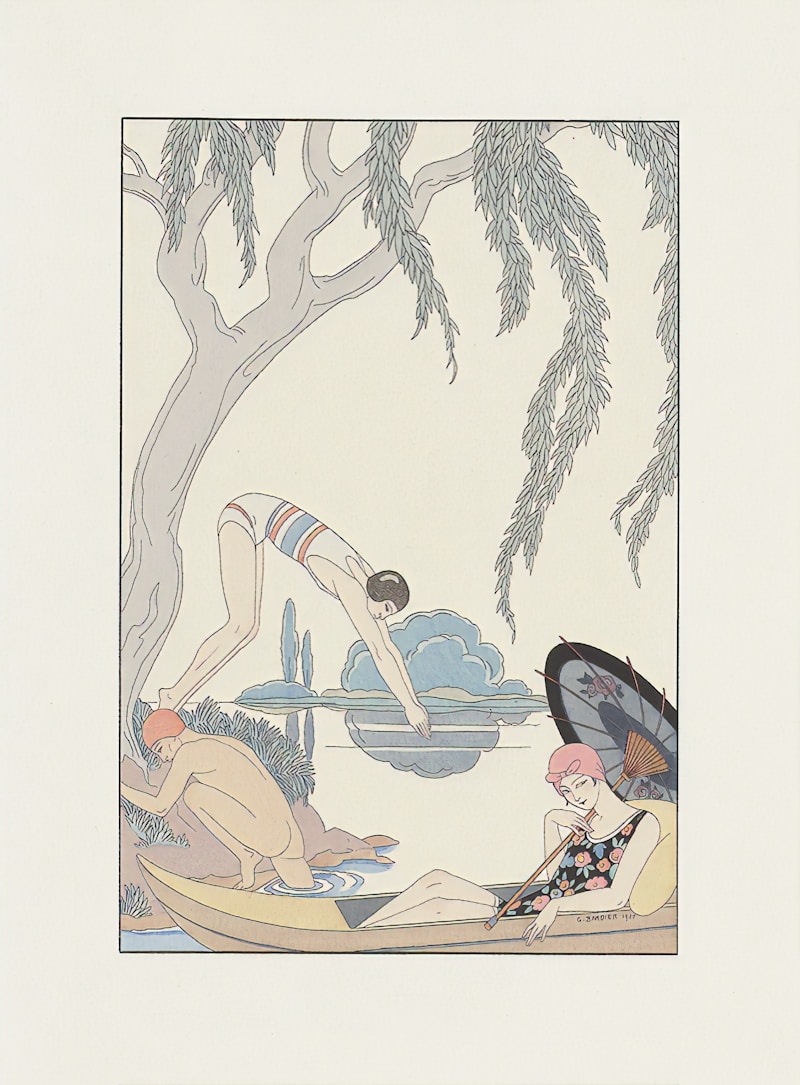Unveiling Historical Fashion Statements: A Journey Through Time
Introduction to Historical Fashion Statements
Fashion is not merely a reflection of personal style but also a representation of cultural identity and historical events. Historical fashion statements serve as a mirror to society, showcasing how clothing has evolved over various eras. From the extravagant gowns of the Victorian period to the rebellious styles of the 1960s, each fashion trend tells a story of its time.
The Evolution of Fashion Through the Ages
Fashion has traversed through numerous transformations, shaped by societal changes, technological advancements, and artistic movements. Understanding historical fashion statements involves examining these shifts. Below is a timeline that highlights significant fashion eras:
| Era | Key Styles |
| Victorian Era (1837-1901) | Layered skirts, corsets, and dark colors |
| Edwardian Age (1901-1910) | S-bend silhouette, lighter fabrics, and ornate details |
| Roaring Twenties (1920s) | Flapper dresses, cloche hats, and bold patterns |
| 1950s | Full skirts, tailored suits, and casual elegance |
| 1960s | Mod fashion, psychedelic prints, and unisex clothing |
Key Historical Fashion Statements and Their Impact
Every era is marked by fashion statements that not only defined the aesthetics of the time but also had a significant impact on society. Let’s delve into some standout historical fashion statements:
1. The Corset: A Symbol of Victorian Femininity
The Victorian era was known for its strict social codes, which were prominently reflected in women's fashion. The corset, a tightly fitted undergarment, shaped the waist and emphasized an hourglass figure, symbolizing femininity. This garment restricted women physically and represented the constraints of society they faced.
2. The Flapper Dress: Embracing Freedom in the 1920s
The 1920s brought about a drastic change in women’s fashion with the emergence of the flapper dress. Characterized by its dropped waist and loose fit, the flapper dress epitomized the spirit of the Jazz Age, allowing women to embrace a new sense of freedom and independence. It was a stark contrast to the restrictive styles of previous decades.
3. The Mini Skirt: Revolutionizing Fashion in the 1960s
The mini skirt, introduced by designers like Mary Quant, symbolized the sexual revolution and youthful rebellion of the 1960s. It challenged traditional norms and became a statement of empowerment for women, reflecting the changing social landscape.
Fashion Icons and Their Influence
Throughout history, specific individuals have made significant fashion statements that have influenced trends and styles. Here are a few notable fashion icons:
1. Coco Chanel
Coco Chanel revolutionized women’s fashion by introducing a more casual elegance that freed women from the constraints of corsets. Her introduction of the little black dress and Chanel No. 5 perfume is a pivotal moment in fashion history.
2. Audrey Hepburn
Audrey Hepburn’s iconic style in films such as “Breakfast at Tiffany's” popularized classic pieces like the little black dress and ballet flats. Her fashion sense remains timeless and continues to influence designers and fashion lovers alike.
3. David Bowie
David Bowie challenged traditional gender norms through his fashion choices. His androgynous style in the 1970s, characterized by flamboyant costumes and makeup, inspired a generation to embrace individuality and self-expression.
Impact of Historical Events on Fashion
Fashion is intrinsically linked to historical events. Wars, social movements, and technological advancements have all precipitated changes in style. For instance, World War II enforced rationing, leading to more practical clothing designs. After the war, the introduction of synthetic fabrics paved the way for new styles and greater affordability.
The Role of Cultural Exchange in Fashion
Globalization has vastly influenced contemporary fashion, however, historical fashion statements show that cultural exchange is not a novel concept. The Silk Road facilitated the dissemination of textiles and styles across continents, merging diverse aesthetics. The incorporation of Eastern garments into Western fashion, such as the kimono's influence on Western attire, demonstrates this exchange.
Conclusion: The Timeless Nature of Fashion
Historical fashion statements are not just costumes worn by individuals; they are significant markers of cultural identity, societal norms, and personal expression. As we explore the past, we can glean insights into our current fashion landscape. Understanding these historical influences can help us navigate the future of fashion, allowing us to create and embrace styles that are both innovative and respectful of tradition.
Final Thoughts and Suggestions
While examining historical fashion statements, consider how they resonate with today's fashion trends. What can we learn from these styles? As you explore your wardrobe, think about mixing vintage pieces with modern staples to create unique statements. Stay curious and open to inspiration from diverse eras and cultures.
